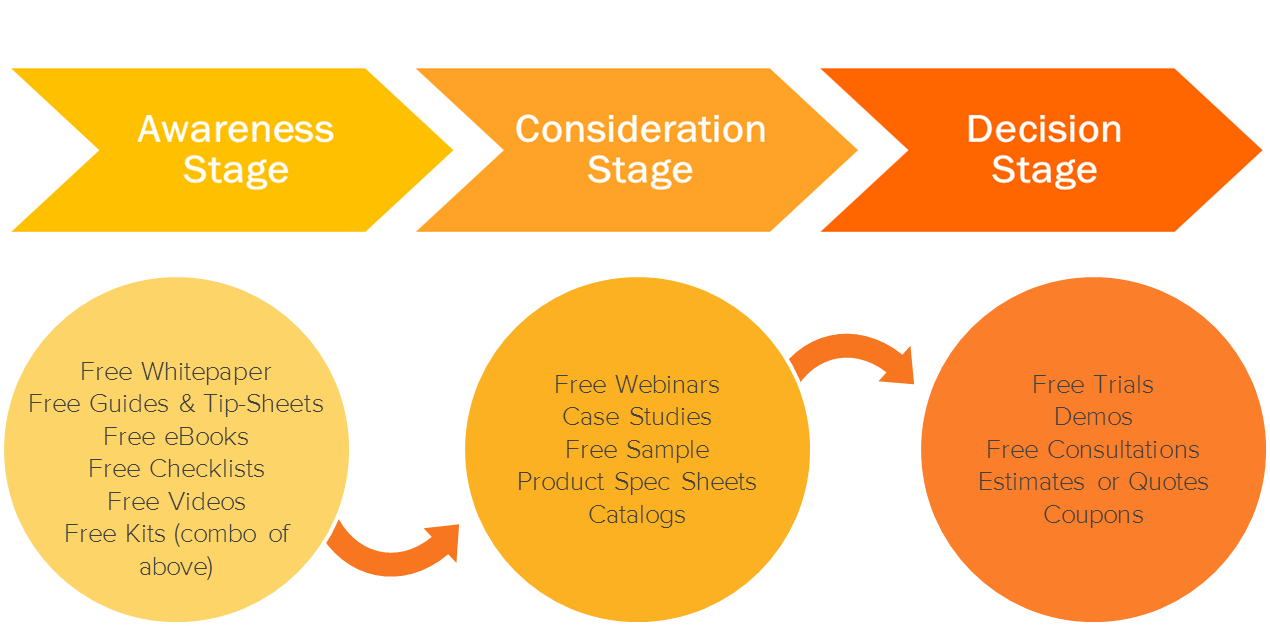
Creative Commons was created as an alternative to restrictive copyright laws, and allows authors and creators (of images, animations, music, and more) to license their works for distribution and further use.

If you choose to use a Creative Commons-licensed image on your blog, be sure to check the terms of the license. Most images require only that you attribute the work to the original author, but some licenses include additional restrictions.
Here's a quick break down of the different types of Creative Commons licenses:
Attribution: You are required to attribute the work to the original author in the manner they have specified. You must also be careful not to imply that the original author has endorsed you in any way through your use of the item.
Non-commercial: The image or work must be used for non-commercial purposes only.
Share-Alike: The image must not be placed under any different or more restrictive terms for re-use than those established by the original author.
No Derivative Works: Only verbatim copies of the work may be used and shared, but no derivative or altered versions of the work.
Licenses for images and other works might be designated as simply Attribution" target="_self">Attribution, as Attribution-Noncommercial" target="_self">Attribution-Noncommercial, as Attribution-Share-Alike, or as some further combination of license terms. Always check the terms of the work you are planning to use, just to be certain that you are complying with the specific wishes of the author.
Here's an example of Creative Commons being used on the The Electric Blanket Institute website.

![Write Better With HubSpot Academy [New Lesson]](https://53.fs1.hubspotusercontent-na1.net/hubfs/53/Abi-Picture.png)







